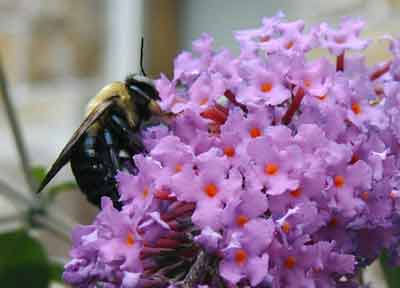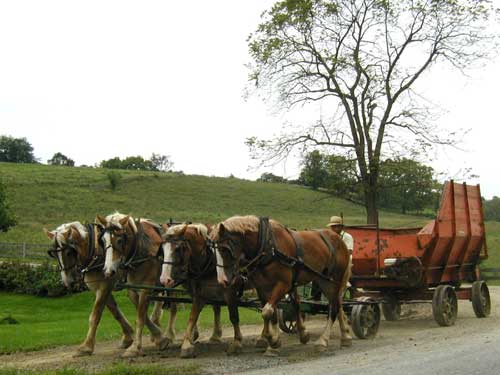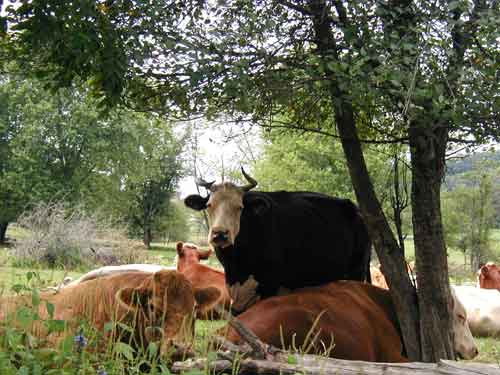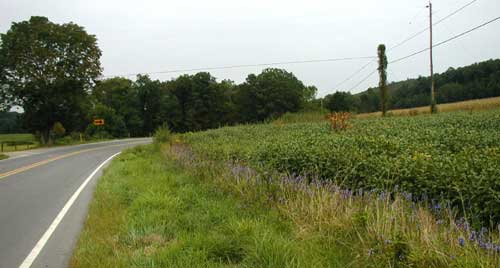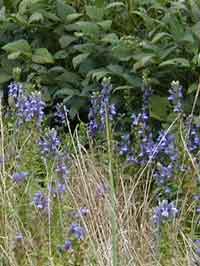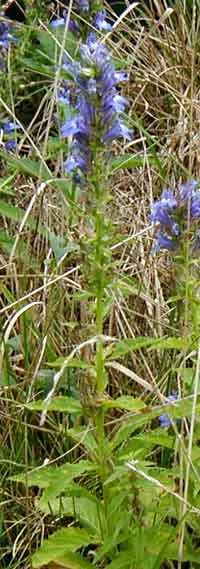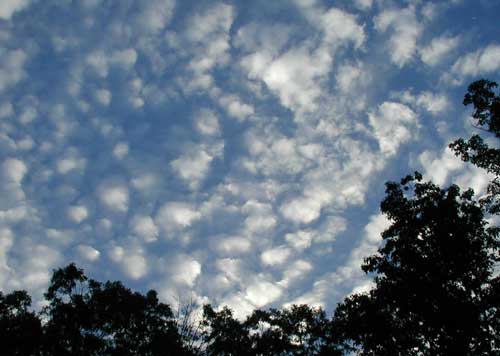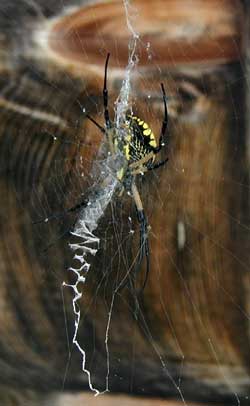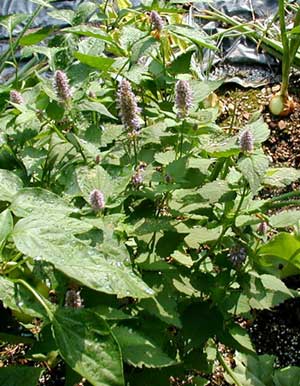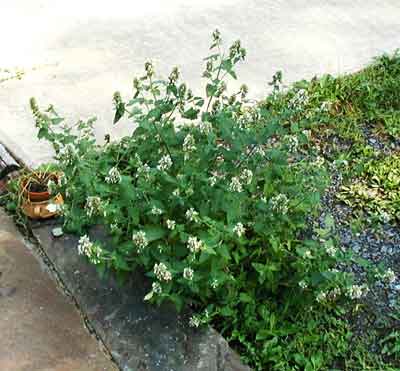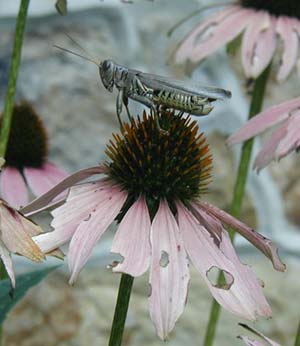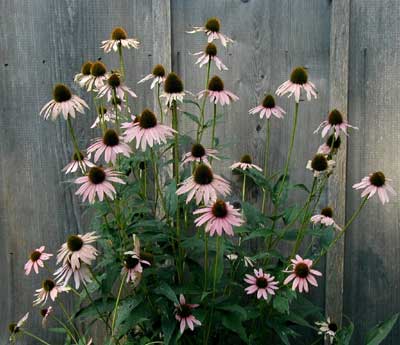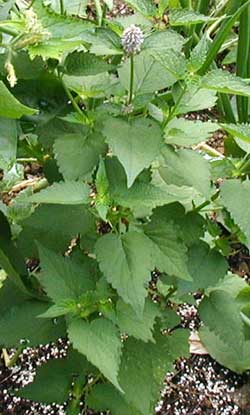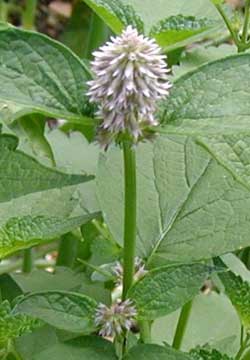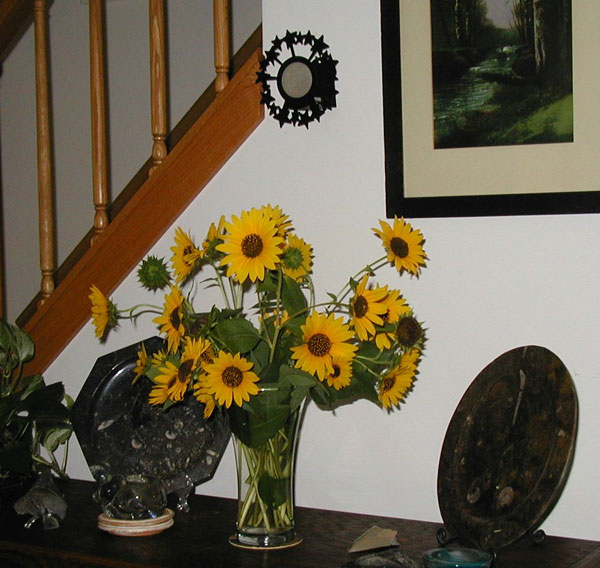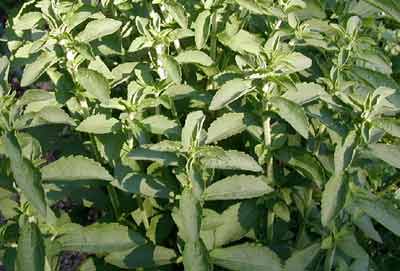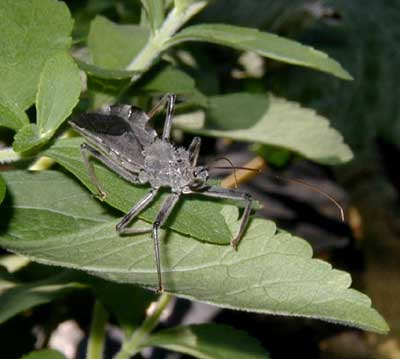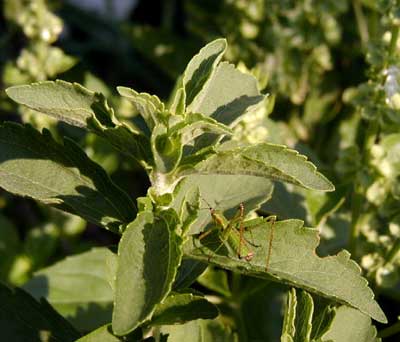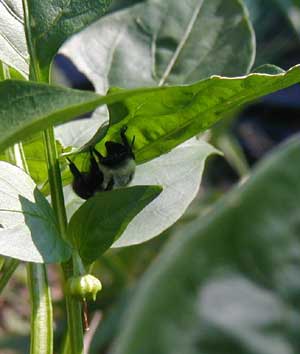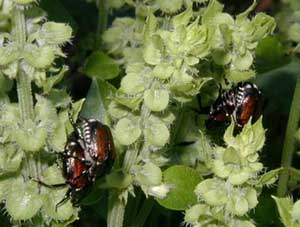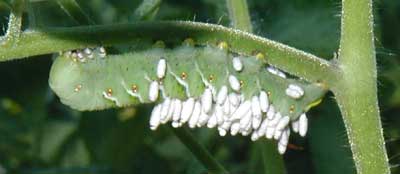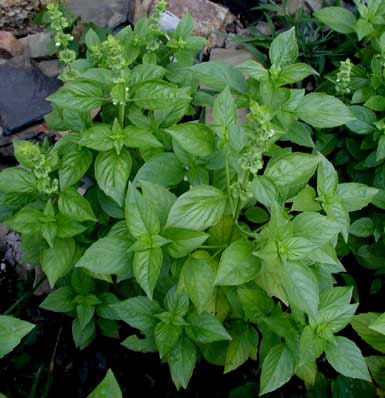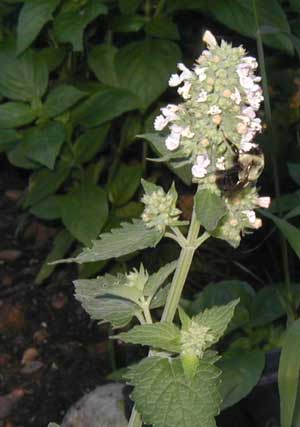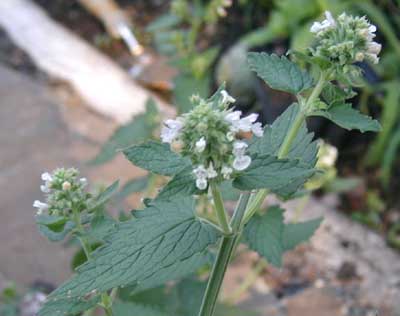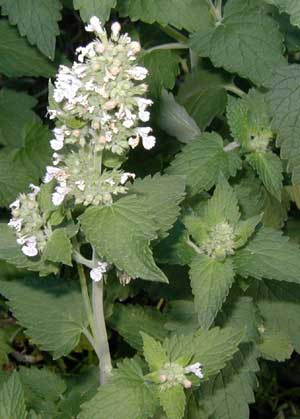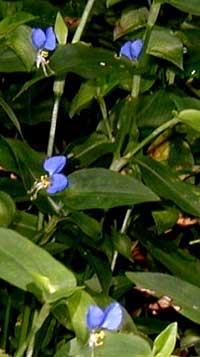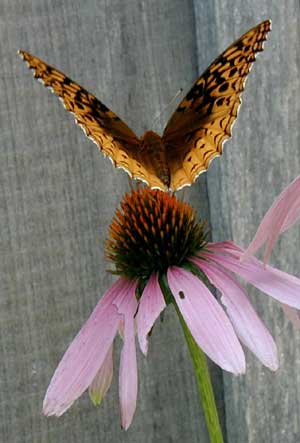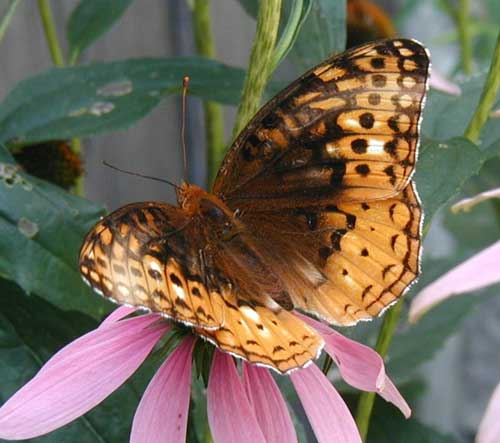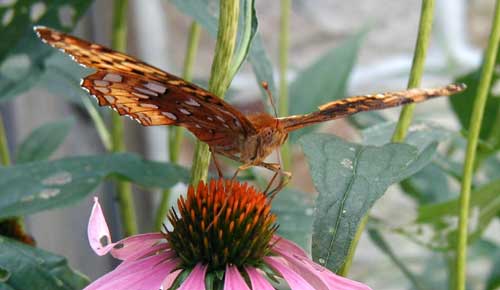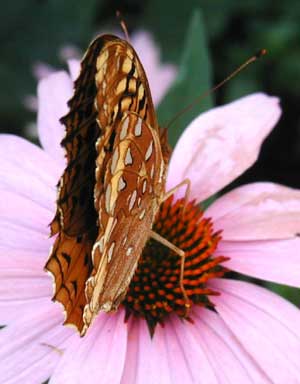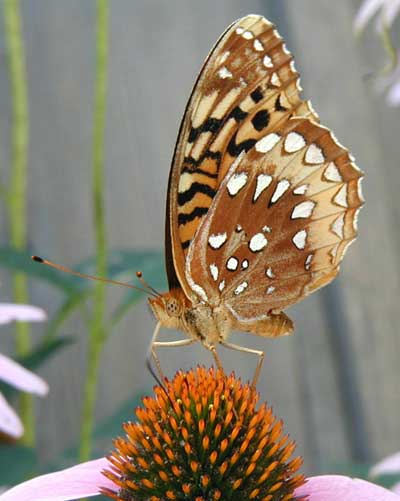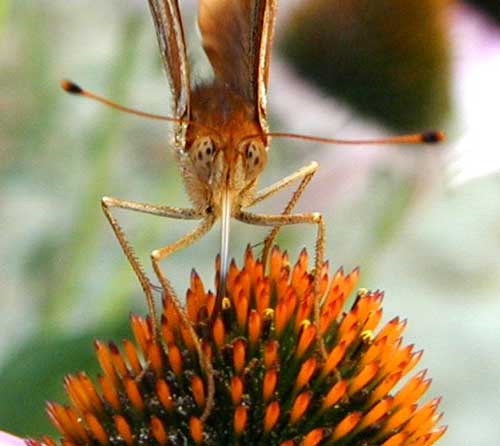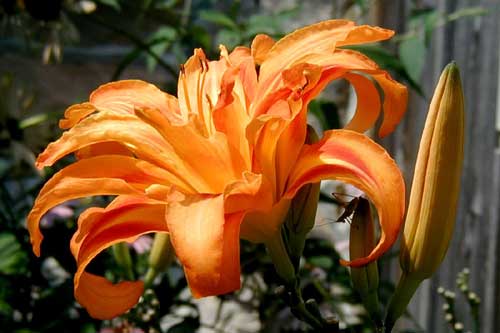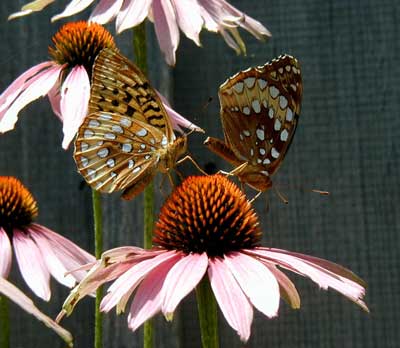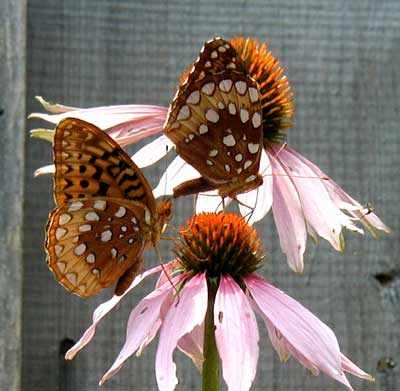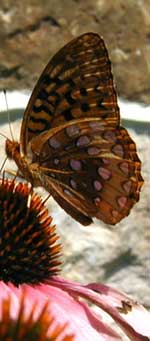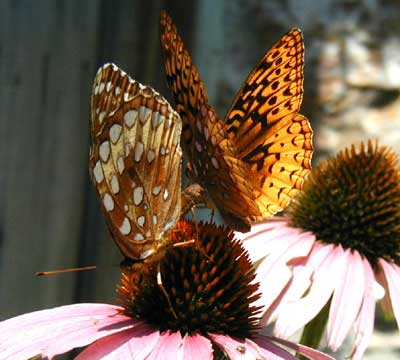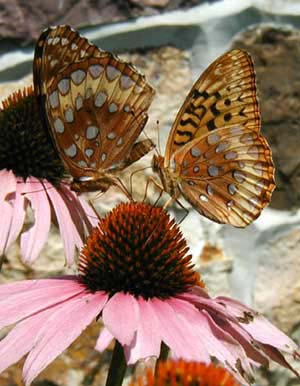Well, it’s the middle of September and the potted mums are starting to open their buds. Fall colors are just around the corner and the second crop of lettuce in the vegetable garden is coming along nicely. Some brilliant purple asters along the edge of the woods are now in bud. Can’t wait to see their faces again!
Liriope is also planted along the edge of the woods and it’s blooming much later here than the grouping planted in the middle of the backyard that gets more sun. Never did see the berries of the first liriope flowers. Perhaps a bird or some little critter enjoyed them for lunch.
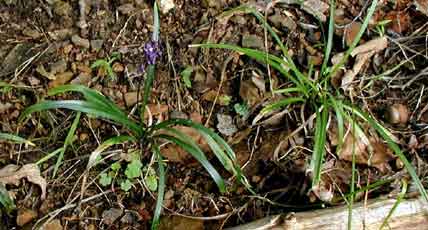
Liriope near the woods edge is just now flowering.
I obtained a couple starts of New Jersey tea while in upstate New York. I transplanted them to an area adjacent to the woods, near a white oak and a small white pine. The area receives filtered morning sun and is mostly sunny in the early afternoon.
New Jersey Tea naturally occurs in glades, which are open spaces in woods, so the edge of the woods should be a good location. I mixed in some compost and lots of sand to increase the drainage in our heavy clay soil. Between the stones and the clay there is almost no organic matter.
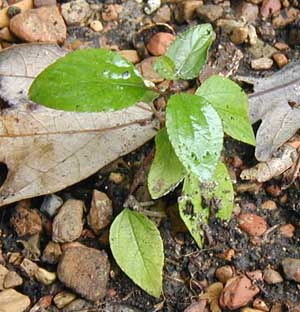
New Jersey Tea leaves showing their characteristic three parallel veins curving towards the leaf tips.
New Jersey Tea, Ceanothus americanus, also known as Red Root, was used extensively in making tea. Native Americans used the root tea for a variety of ailments because of its astringent, expectorant and sedative qualities. Care must be taken in its use as a root alkaloid is mildly hypotonic. The leaf tea was an oriental tea substitute and quite popular during the Revolutionary War.
The flowering season is coming to a close in the next few weeks. Marigolds still look great, but the portulacas are fading without the strong summer sun. The purple cone flowers are now sporting their brown and blackish seed heads. The butterfly bush is one of the few blooming plants we have left.
